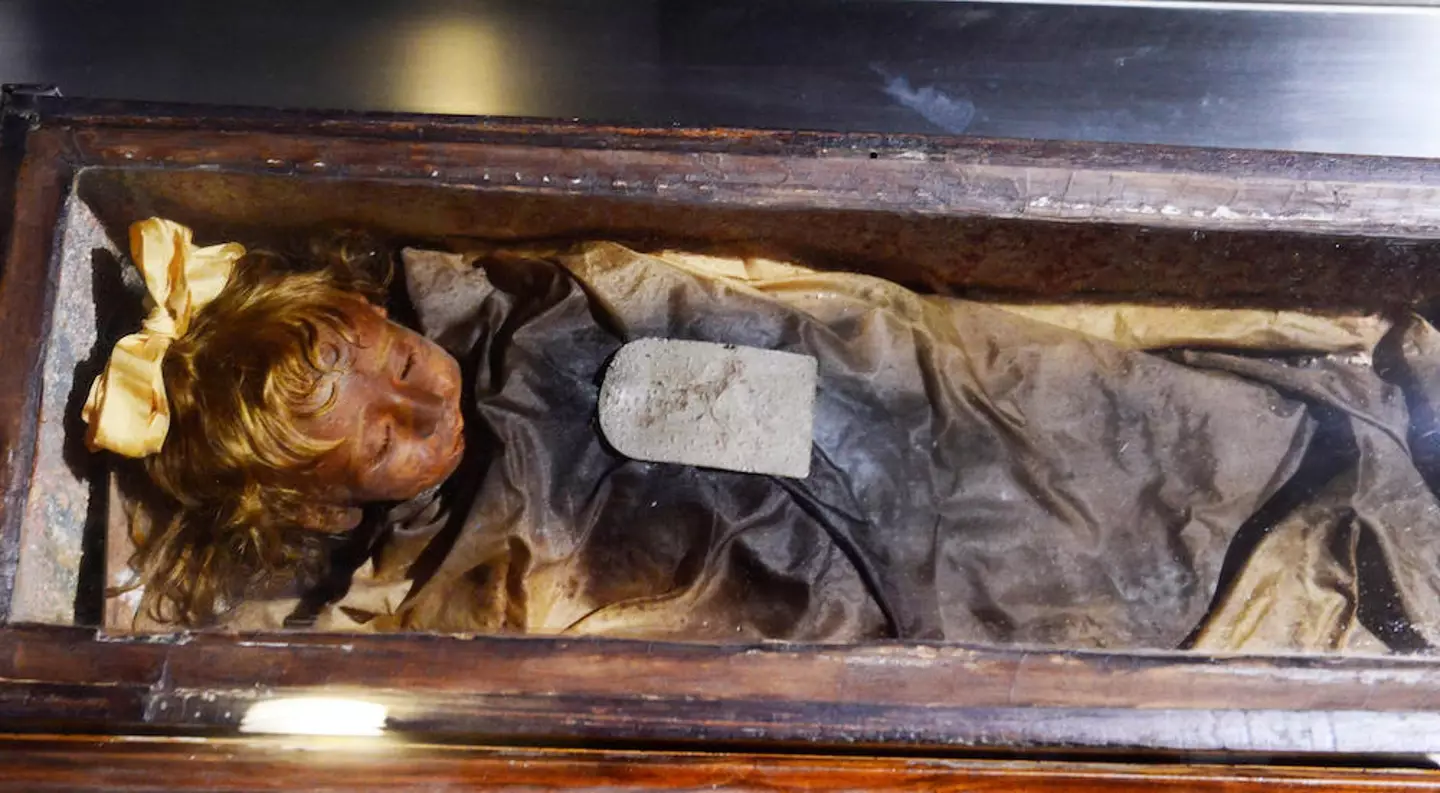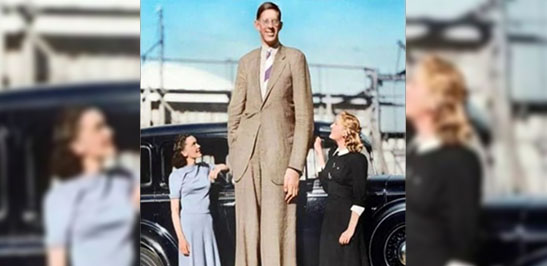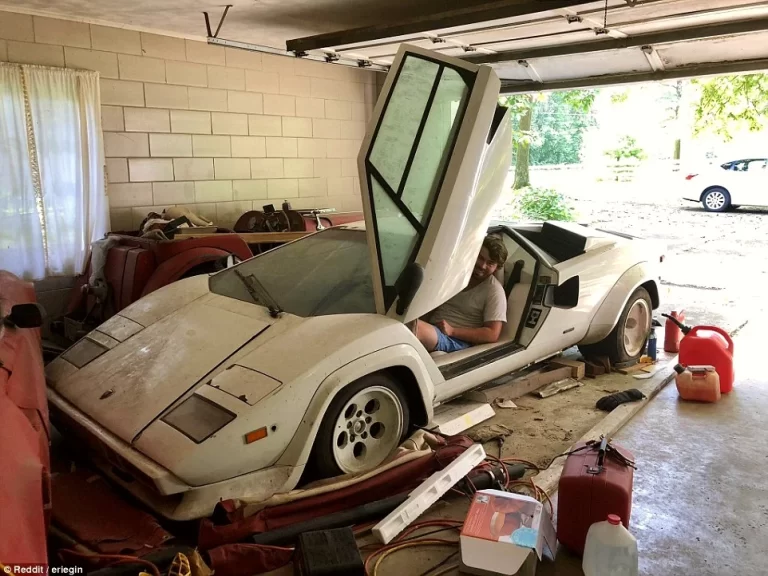The Mystery Of Rosalia Lombardo, The ‘Blinking’ Mummy Who Appears To Open Her Eyes!!
A special formula helped Rosalia Lombardo become one of the best-preserved mummies in the world. Some people even say that she can open her eyes.
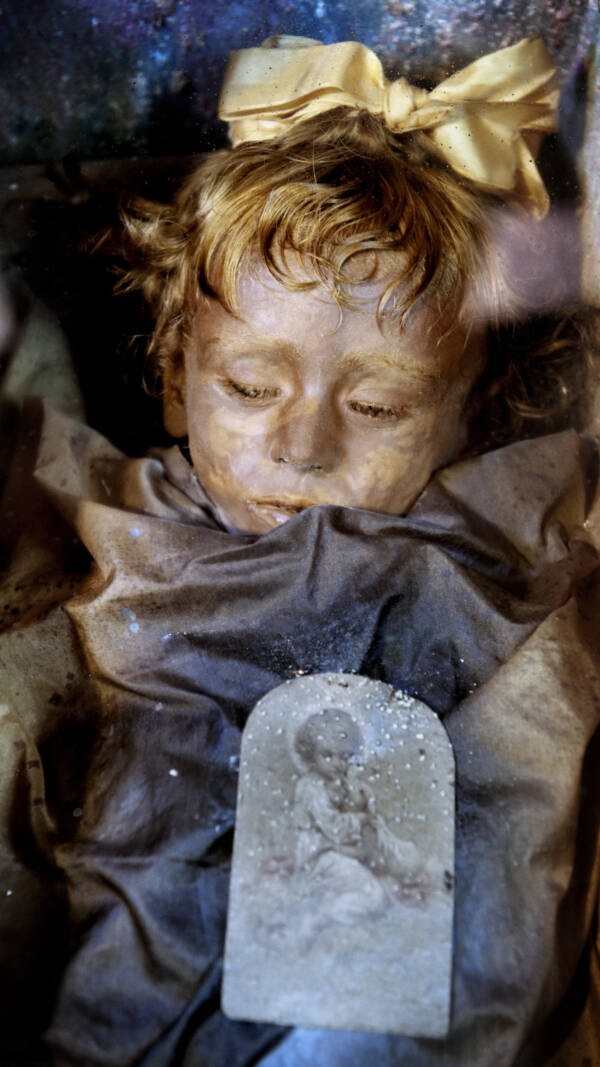
In a hidden catacomb in Sicily, a young girl named Rosalia Lombardo lies in a glass-topped casket. She died of pneumonia caused by the Spanish Flu just a week before her second birthday in 1920.
Her father was heartbroken and turned to an embalmer and taxidermist for help to preserve her. The embalmer, Alfredo Salafia, was a famous Sicilian preservation expert. He mummified Rosalia so well that her internal organs are still intact even after a century.

It’s hard to look at her tiny body in the glass coffin and not think she might wake up at any moment. Her skin is smooth and porcelain-like, her golden hair is tied back with a large silk bow, and her crystal blue eyes can be seen under her blonde eyelashes.
Because of her preservation, she is often called the “blinking mummy,” as some people believe that Rosalia Lombardo’s eyes still open and close throughout the day.
The Life and Untimely Death of Rosalia Lombardo

Rosalia Lombardo’s story begins in early 20th-century Palermo, where she lived with her family. Sadly, just before her second birthday, she passed away from pneumonia, a result of the deadly Spanish Flu pandemic that swept the world. Her father, Mario Lombardo, was devastated by the loss. According to the catacombs’ website, he instructed her embalmer to make her “live forever,” preserving her memory in an extraordinary way.
Why Rosalia Lombardo’s Eyes Appear To Open
For the past 100 years, Rosalia Lombardo’s eyes have sparked stories and legends in Sicily. She is one of 8,000 mummies located in the catacombs beneath the Capuchin convent in Palermo, Sicily. Many visitors who come to see the blonde-haired girl have reported seeing her eyes slowly open.

A video made from several time-lapse photographs seems to show Rosalia Lombardo’s eyes opening just a little bit. This sparked a lot of excitement online about the mummy who could open her eyes. However, in 2009, Italian paleopathologist Dario Piombino-Mascali explained that this is actually an optical illusion caused by light coming through the windows.
He discovered this after noticing that museum workers had moved the mummy’s case. This shift let him see her eyelids more clearly. He found that her eyes were not completely closed, which they had never been. So, when the light changes and hits her eyes at different angles, it can look like her eyes are opening.
How A Skilled Embalmer Kept Rosalia Lombardo’s Body From Decomposing
Furthermore, Dario Piombino-Mascali also managed to discover the elusive formula that was used for Lombardo’s impeccable preservation.
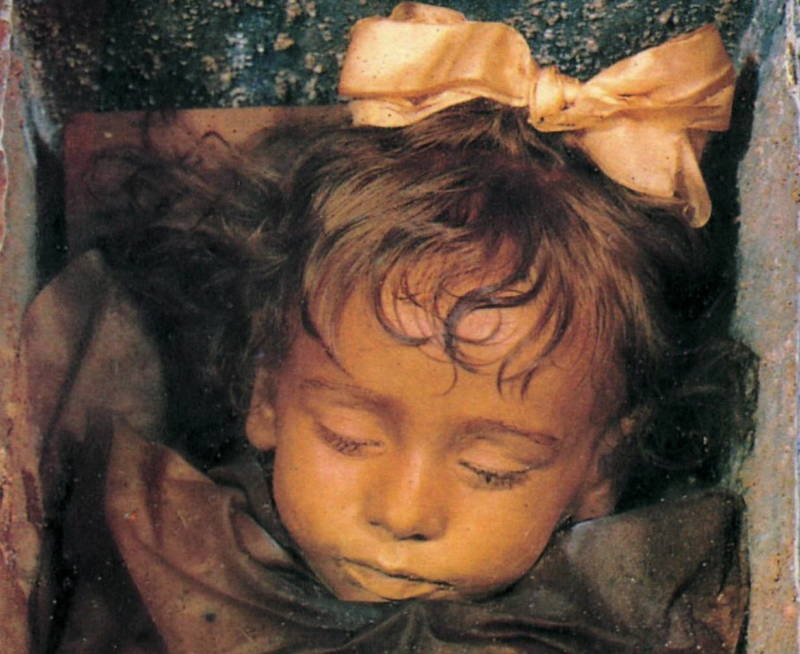
When Alfredo Salafia, the embalmer of Rosalia Lombardo, passed away in 1933, he took the secret of his preservation formula with him. However, Italian paleopathologist Dario Piombino-Mascali found Salafia’s relatives and discovered a collection of his papers. Among these documents was a handwritten memoir where Salafia listed the chemicals he used on Rosalia: formalin, zinc salts, alcohol, salicylic acid, and glycerin.
Formalin, a common embalming agent today, is a mix of formaldehyde and water that kills bacteria. Salafia was one of the first to use it for embalming. Alcohol helped dry Rosalia’s body, while the dry climate of the catacombs also played a role. Glycerin prevented her body from drying out too much, and salicylic acid stopped fungi from growing.
The key to Rosalia’s impressive preservation was the zinc salts, which are no longer used in embalming. According to Melissa Johnson Williams, the executive director of the American Society of Embalmers, zinc made her body very rigid. “You could take her out of the casket and prop her up, and she would stand by herself,” she explained to National Geographic. The embalming method itself was straightforward, using a single-point injection without any drainage or cavity treatment.
The Blinking Mummy Today
Rosalia Lombardo was one of the last people buried in the Capuchin catacombs in Palermo before they stopped accepting new burials. These catacombs hold over 8,000 remains dating back to the 1500s, including those of nobles, clergy, and the city’s wealthy citizens. However, Rosalia’s remains are the most remarkable due to her excellent preservation.
According to the catacombs’ website, her father asked the embalmer to make her “live forever.” Since the catacombs opened to the public, Rosalia has become known as the “world’s most beautiful mummy” and earned the nickname “Sleeping Beauty of Palermo.”
Today, Rosalia Lombardo is displayed in a new glass case filled with nitrogen to protect her remains from oxygen, light, and curious tourists. Visitors can explore the catacombs for just €3.
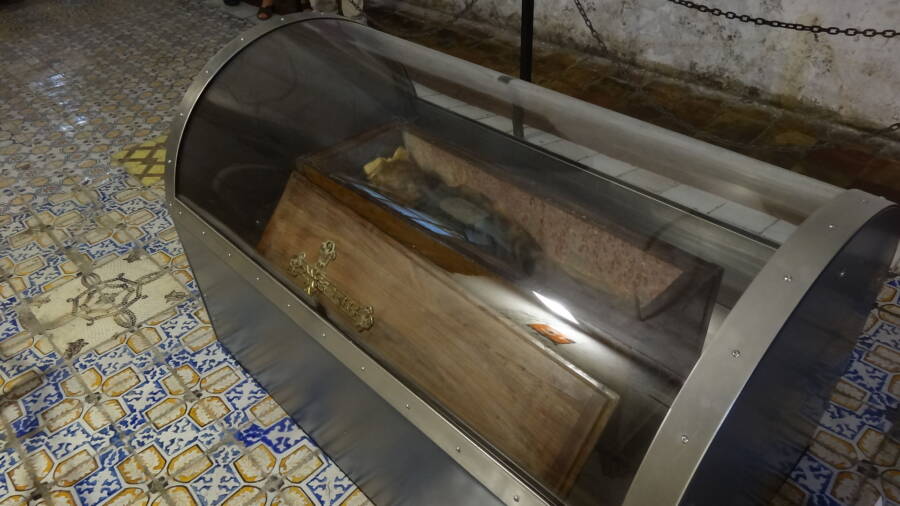
Dario Piombino-Mascali, the paleopathologist, explained that the glass case is designed to block bacteria and fungi. It also has a special film that protects the body from light. He hopes tourists will stop creating “totally unfounded stories” about Rosalia Lombardo, the “blinking mummy.”
